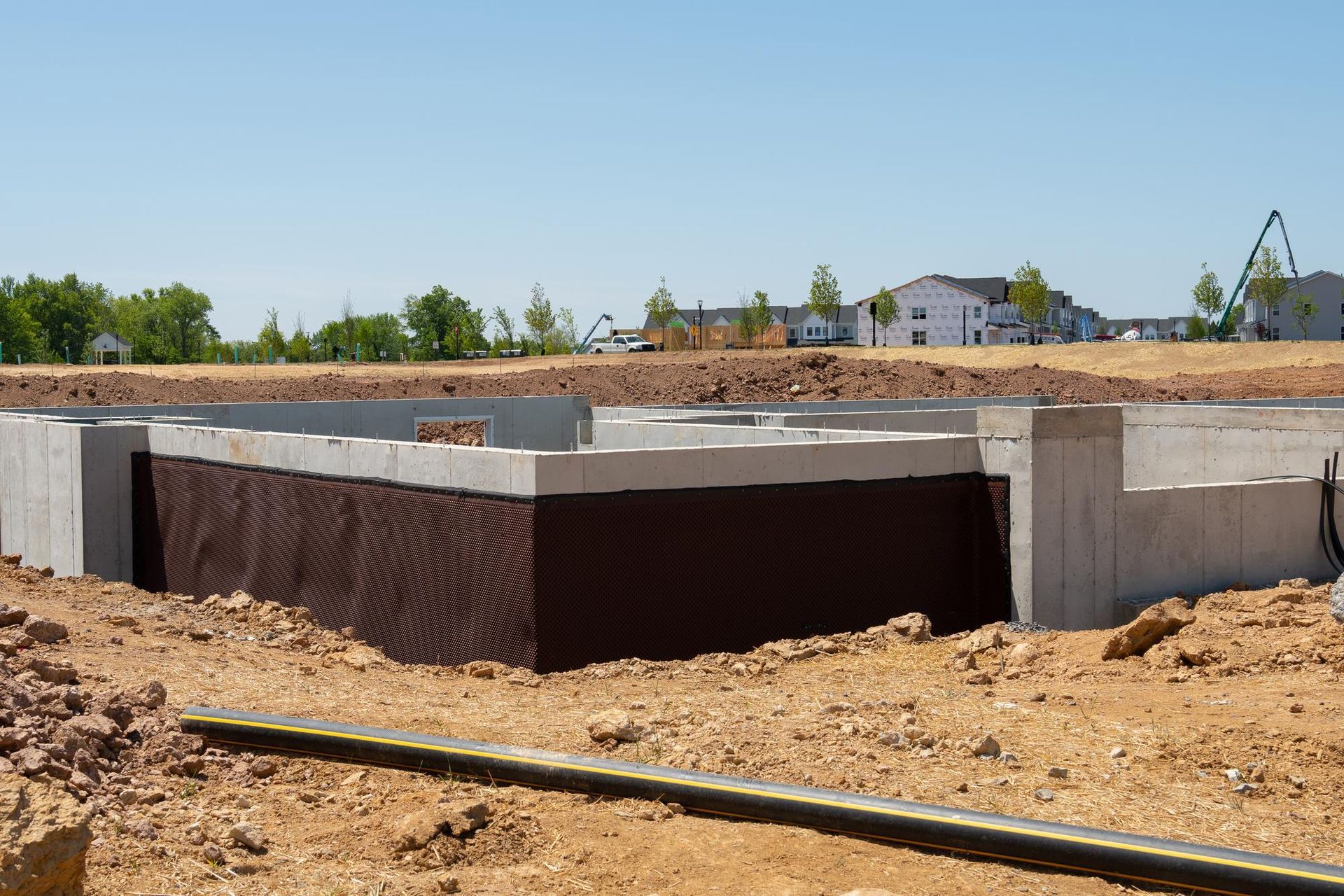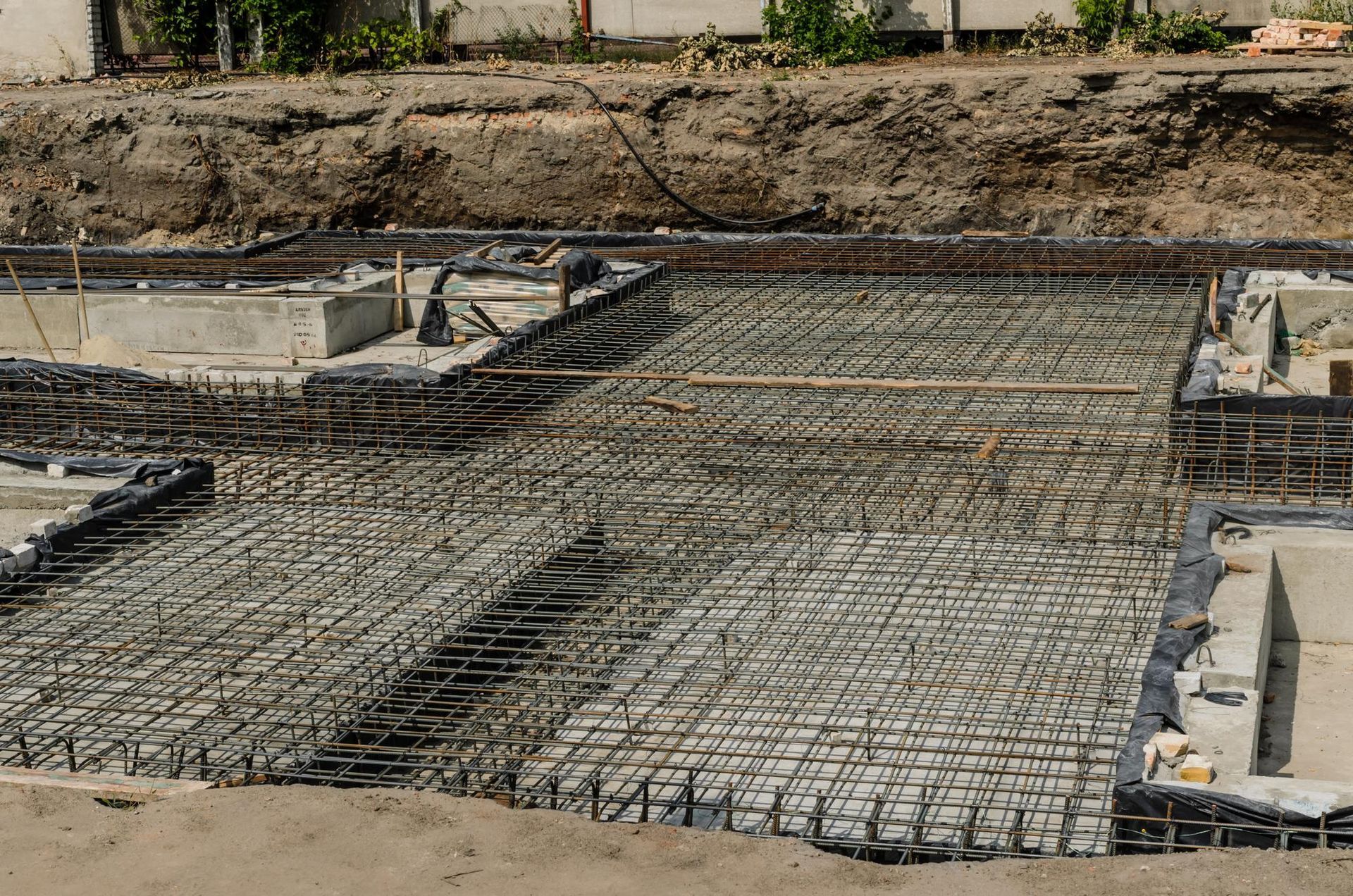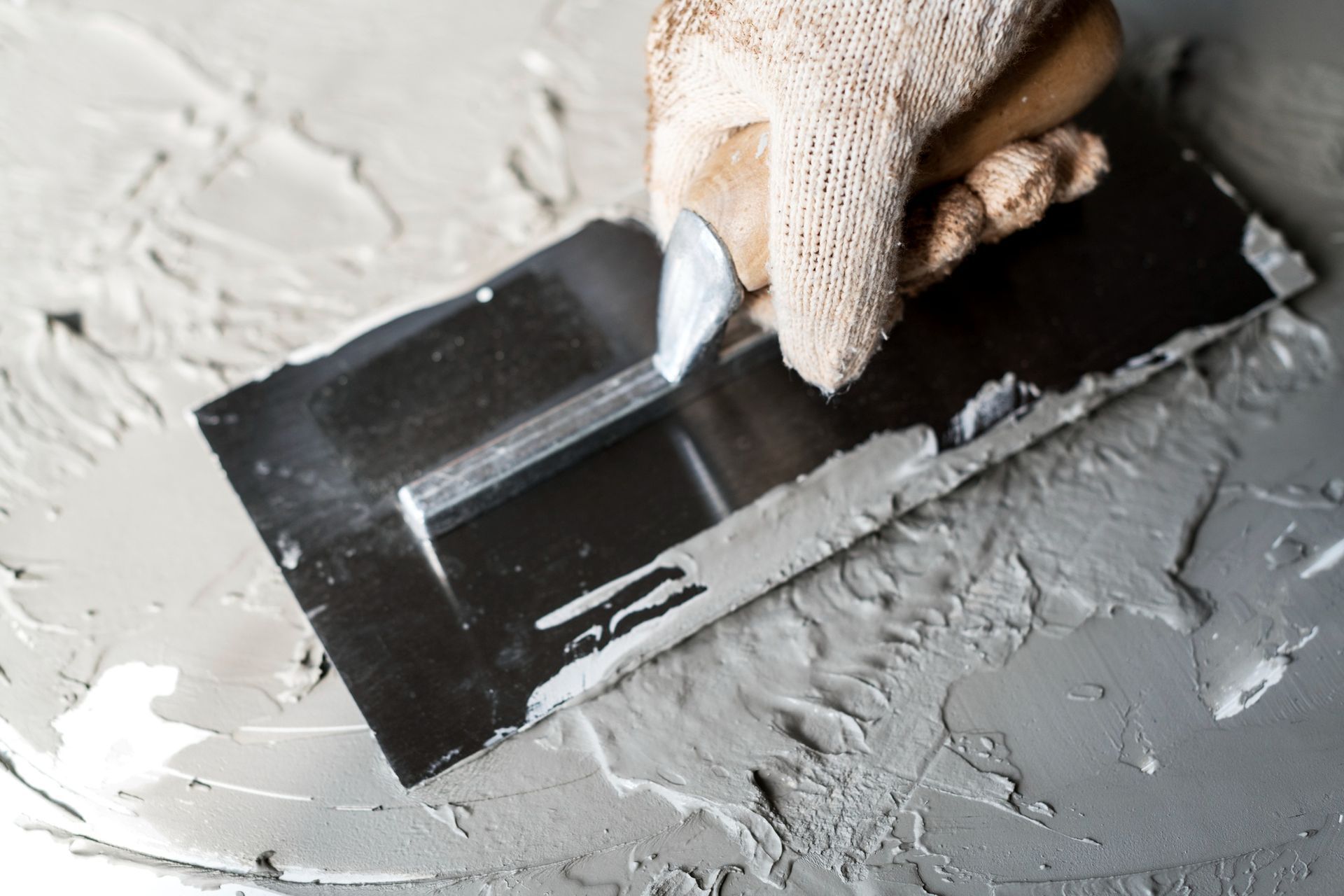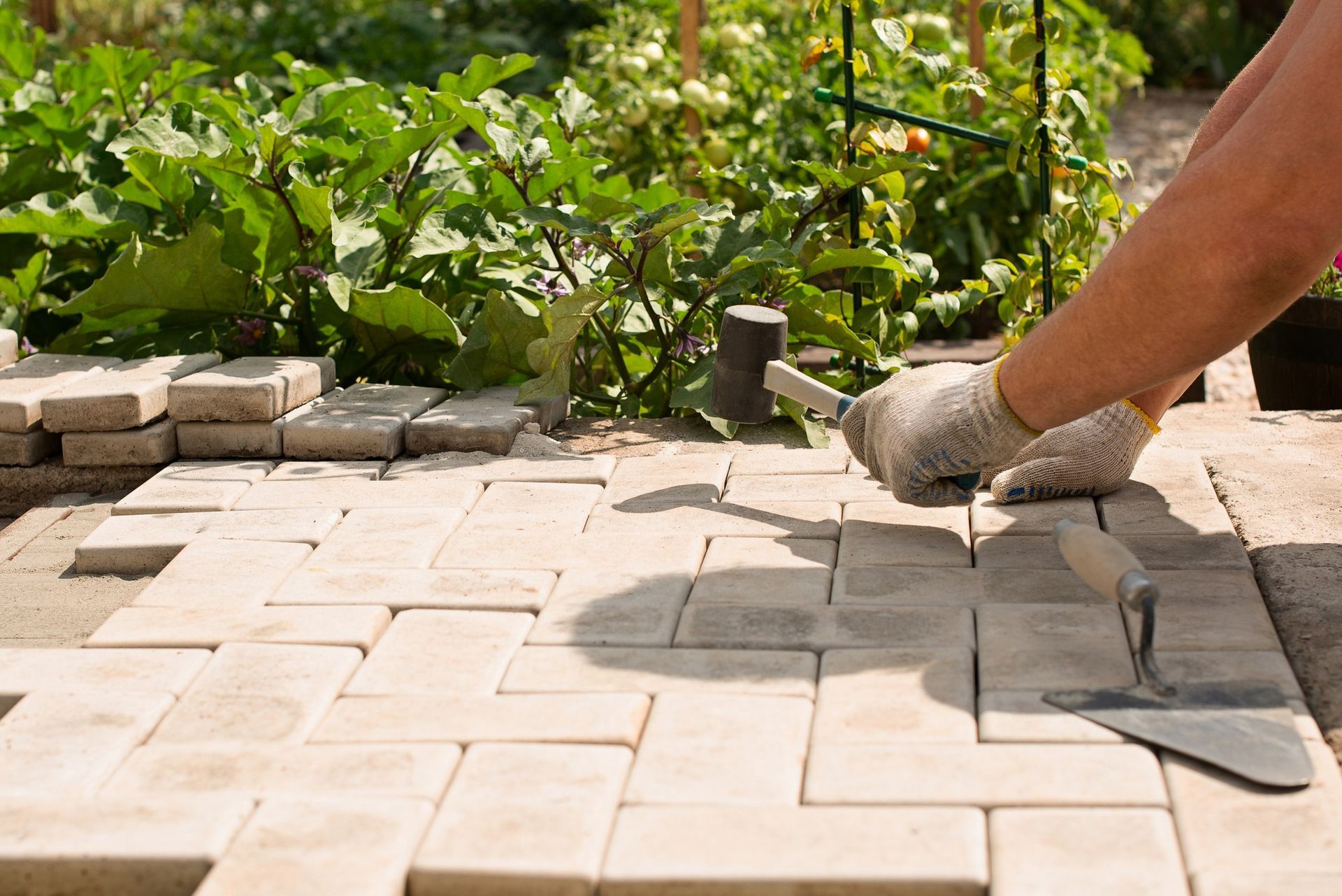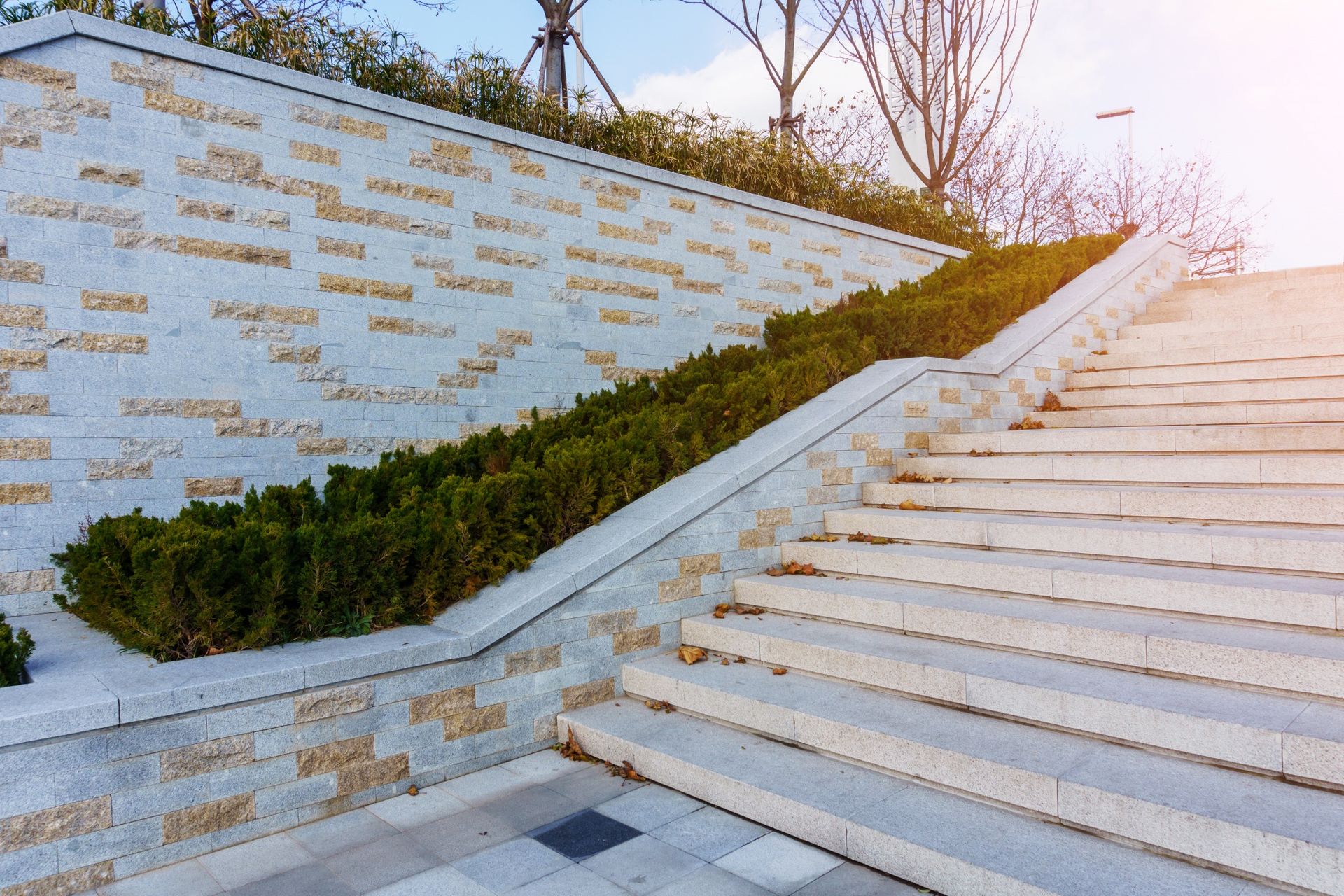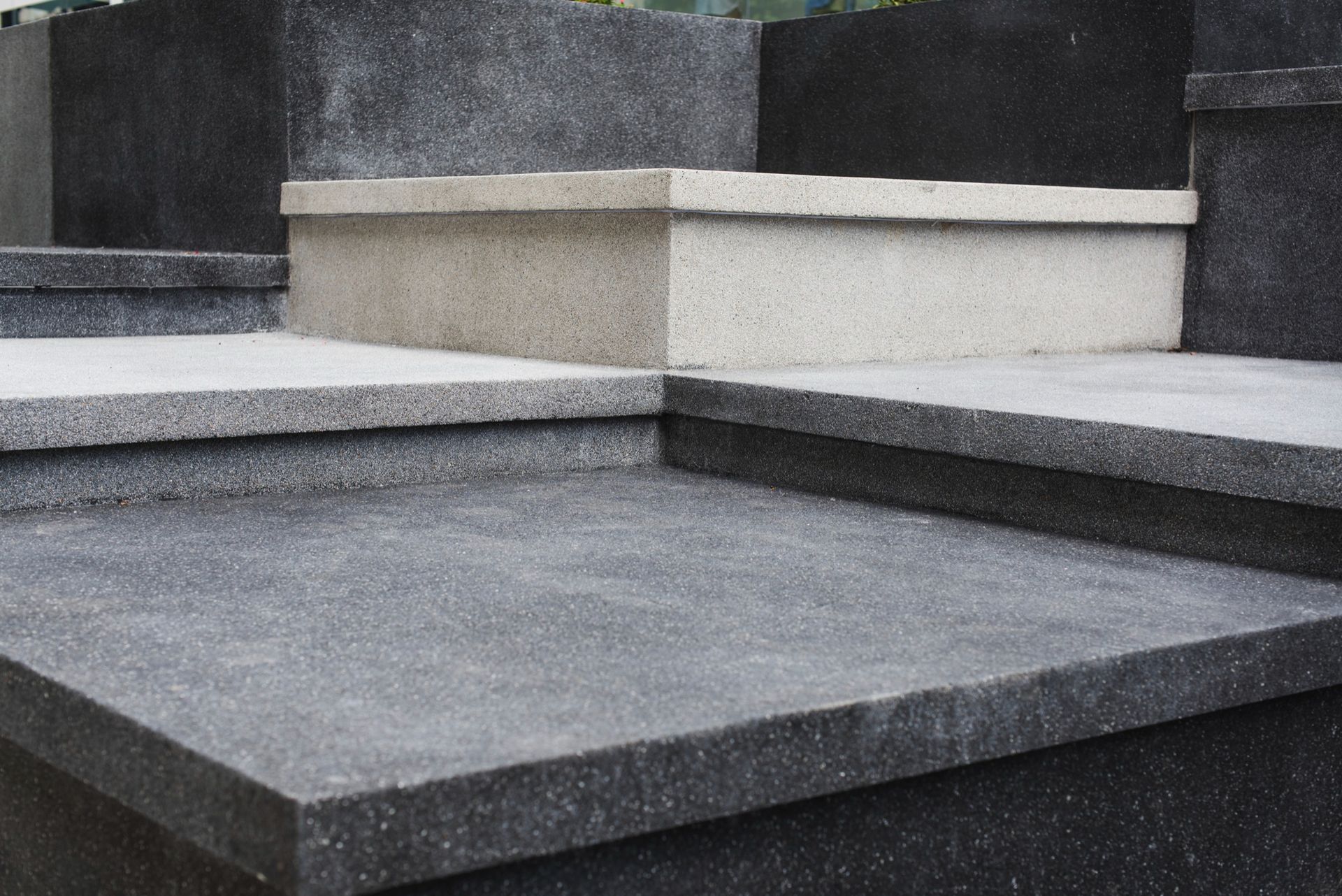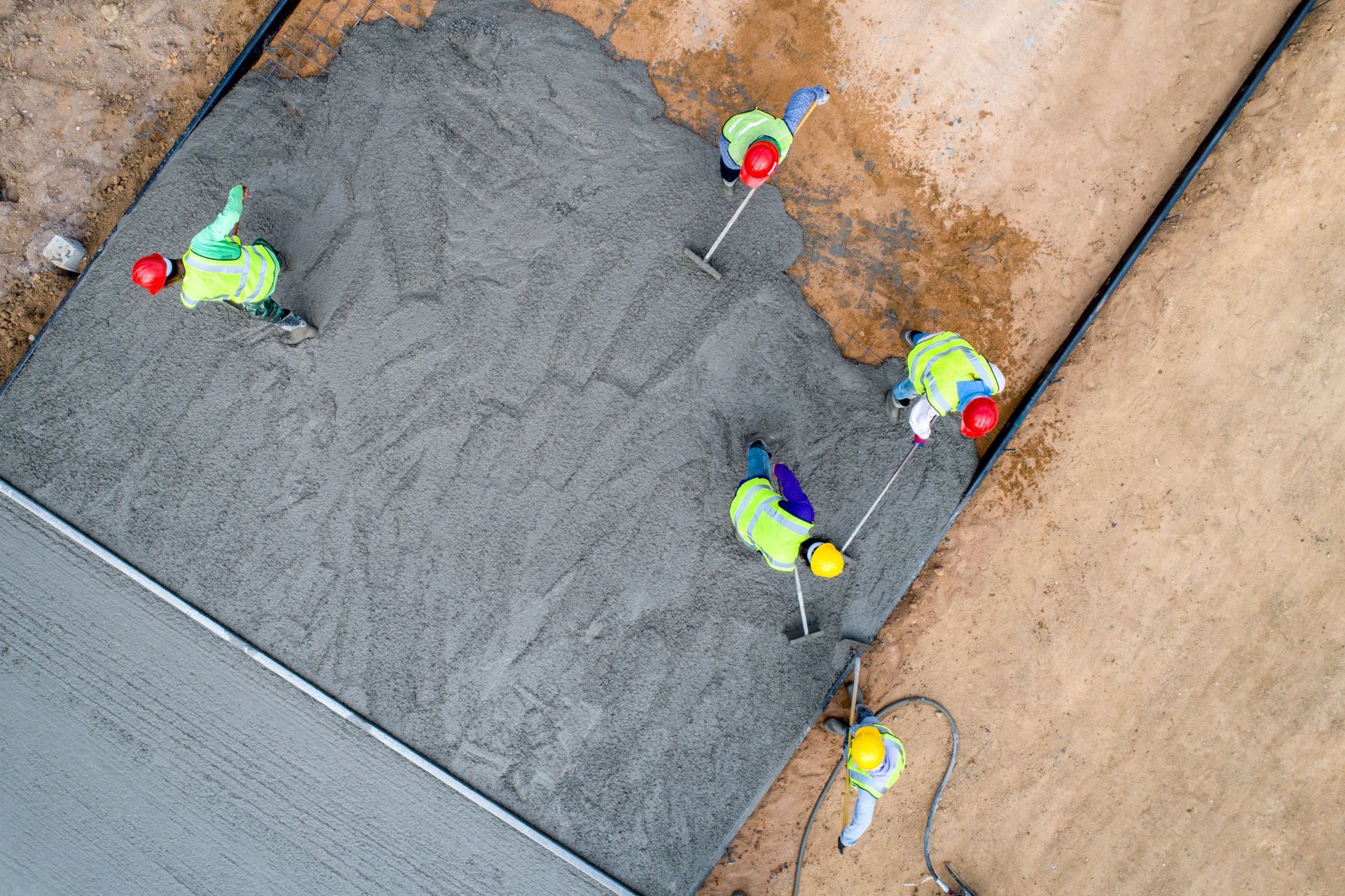Transform Your Yard: 10 Captivating Retaining Wall Ideas
Welcome to our guide on creating a beautiful and functional yard with stunning retaining wall fence ideas. If you're looking to transform your outdoor space and provide both aesthetic appeal and structural support, you're in the right place. In this article, we'll explore ten captivating retaining wall fence ideas that can make a significant difference in your yard's appearance and functionality. Whether you're dealing with a sloped yard or simply want to enhance your landscape, these ideas can help you achieve your goals.
The Function of Retaining Wall Fences
Before we dive into the stunning design ideas, let's understand the fundamental purpose of retaining wall fences. These unique structures serve a dual role in landscaping. They not only add visual interest to your yard but also provide essential structural support. Retaining wall fences are particularly beneficial in managing slopes and preventing erosion. They hold back soil and create level terraces, allowing you to maximize the usable space in your yard.
Factors to Consider Before Choosing a Design
Before you embark on your retaining wall fence project, there are several important factors to consider. Your yard's specific needs and characteristics will influence the design you choose.
Let's take a closer look at these factors:
- Yard Topography: Assess the slope and contours of your yard. Understanding the terrain will help you select a design that complements the natural layout.
- Soil Type: Different soil types have varying drainage properties. Knowing your soil type will guide your choice of materials and construction methods.
- Climate: Consider the local climate and weather conditions. Some designs may be better suited to handle heavy rainfall or extreme temperatures.
10 Stunning Retaining Wall Fence Ideas
Now, let's explore ten stunning retaining wall fence ideas that can elevate the look and functionality of your yard:
1. Terraced Garden Walls:
Terraced garden walls are a fantastic solution for sloped yards. This design involves creating a series of retaining walls with each level forming a flat terrace. These terraces not only prevent soil erosion but also provide ideal spaces for planting flowers, shrubs, or even small trees. The tiered effect adds depth and visual interest to your landscape.
To implement this idea, begin by excavating each terrace level and constructing retaining walls using durable materials like concrete blocks or natural stone. Ensure proper drainage between each terrace to prevent water buildup. Fill each terrace with fertile soil and choose a variety of plants that thrive in different light conditions to create a vibrant, multi-level garden.
2. Stone Veneer Elegance:
If you're seeking a timeless and elegant look for your retaining wall fence, consider using stone veneer. Stone veneer offers the appearance of natural stone but is lighter and easier to work with. It's available in various colors and styles, allowing you to achieve the perfect aesthetic for your yard.
To create a stone veneer retaining wall fence, start by preparing the foundation and frame of the wall. Then, apply the stone veneer pieces using adhesive mortar. The result is a visually striking wall that adds character and durability to your landscape. Stone veneer works well in both traditional and modern settings, making it a versatile choice.
3. Timber Accent Walls:
Timber accent walls bring warmth and a touch of natural beauty to your yard. This design combines the sturdiness of retaining walls with the rustic charm of timber. Timber is an excellent choice if you want to create a cozy and inviting outdoor space.
To implement this idea, begin by selecting pressure-treated timber for durability. Construct the retaining wall using timber posts and horizontal boards. The timber can be left natural for a classic look or stained/painted to match your preferred style. Timber accent walls work wonderfully in creating defined areas within your yard, such as seating areas or garden spaces.
4. Gabion Wall Marvel:
Gabion walls are a striking and environmentally friendly choice for retaining wall fences. They consist of wire cages filled with rocks or stones. This design not only provides excellent structural support but also adds an industrial and modern aesthetic to your yard.
To create a gabion wall, assemble wire cages in the desired size and shape. Then, fill the cages with rocks or stones, ensuring they are tightly packed. Gabion walls are known for their durability and ability to blend with the surrounding environment. They also promote natural drainage, making them suitable for various climates.
5. Colorful Brick Fencing:
Enhance the curb appeal of your yard with colorful brick retaining wall fences. Brick offers a classic and timeless look that can complement a variety of architectural styles. Plus, the versatility of brick allows you to create patterns and designs that suit your aesthetic preferences.
To create a colorful brick retaining wall, choose bricks in your desired hues and arrange them in a pattern that enhances the visual appeal of your yard. Proper construction and mortar application are crucial to ensure the wall's strength and longevity. Brick retaining walls not only provide structural stability but also add a touch of sophistication to your landscape.
6. Modern Concrete Walls:
For a sleek and contemporary appearance, consider modern concrete retaining walls. These walls feature smooth surfaces and clean lines, making them an excellent choice for modern homes and minimalist designs. Modern concrete walls are not only visually appealing but also highly durable.
To implement this idea, start by creating formwork for your
concrete wall. Then, pour and finish the concrete to achieve a smooth surface. You can leave the concrete as is or apply decorative finishes or paint to match your desired aesthetic. Modern concrete retaining walls can be used to create privacy, define outdoor spaces, or serve as a backdrop for other landscape elements.
7. Tiered Planters:
Tiered planter retaining walls offer a delightful combination of gardening and functional landscaping. These walls incorporate retaining elements with built-in planter boxes, allowing you to showcase a variety of flowers, herbs, or vegetables. This design not only adds color and life to your yard but also maximizes your planting space.
To create tiered planter retaining walls, plan the heights and widths of the planter boxes to accommodate your chosen plants. Construct the retaining walls with durable materials like timber, stone, or concrete, ensuring proper drainage for each planter level. Select a mix of plants with varying heights and colors to create a visually dynamic garden. The tiered effect adds depth and dimension to your landscape while making it easy to tend to your plants.
8. Curved Retaining Walls:
Curved retaining walls offer a softer, more organic appearance compared to straight, angular designs. They are an excellent choice for creating a sense of flow and movement in your landscape. These walls can be used to frame garden beds, encircle trees, or define pathways, adding an artistic touch to your yard.
To implement curved retaining walls, carefully plan the curvature and radius you want to achieve. Construct the walls using materials like stone or timber that can be flexed and shaped to your desired curves. Proper construction techniques are crucial to ensure the stability and longevity of the curved design. Curved retaining walls are especially appealing when combined with lush landscaping, as they create a harmonious blend of natural elements and structural beauty.
9. Wood and Wire Mesh Combo:
Wood and wire mesh combo retaining walls provide a unique and creative approach to landscaping. This design involves using wooden boards for the structural framework and incorporating wire mesh panels. The wire mesh allows climbing plants such as vines and ivy to flourish, adding a touch of natural beauty to your yard while also offering privacy.
To create a wood and wire mesh combo retaining wall, start by constructing the wooden framework using pressure-treated timber for durability. Attach wire mesh panels securely to the wooden frame. Choose climbing plants that thrive in your climate and provide the desired aesthetics. As the plants grow, they will intertwine with the mesh, creating a living wall that changes with the seasons. This design is not only visually appealing but also environmentally friendly, as it promotes greenery and biodiversity.
10. Artistic Mosaic Walls:
Artistic mosaic retaining walls are a creative and personalized approach to landscaping that allows you to turn your retaining wall into a one-of-a-kind masterpiece. This design involves using colorful tiles or stones to create intricate patterns, images, or scenes on the face of the retaining wall. Mosaic walls add a touch of artistry and personal expression to your outdoor space.
To implement an artistic mosaic retaining wall, you'll first need to plan your design. Consider the theme, color palette, and patterns you want to incorporate. Gather an assortment of tiles, stones, or glass pieces that match your vision. Next, prepare the surface of the retaining wall by cleaning it thoroughly and ensuring it's smooth and level.
Begin applying your mosaic pieces using tile adhesive or mortar, adhering to your chosen design. You can create abstract patterns, images of nature, or even depict a personal story or theme that resonates with you. Once the mosaic is complete, apply grout to fill the gaps between the pieces, and then clean the surface to reveal your stunning mosaic wall.
Artistic mosaic retaining walls not only add visual interest but also become a focal point in your yard, sparking conversations and admiration from guests. They are particularly suited for creative individuals who want to infuse their personality and artistic flair into their outdoor spaces.
How to Implement Your Chosen Design
Once you've selected the retaining wall fence design that resonates with your vision, it's time to bring it to life. Here's a general guide on how to implement your chosen design:
- Planning: Start by creating a detailed plan that includes measurements, materials, and a timeline for your project.
- Foundation: Ensure a solid foundation by digging deep and creating a stable base for your retaining wall.
- Construction: Follow the design specifications closely, whether you're working with stone, timber, concrete, or other materials.
- Drainage: Proper drainage is crucial to prevent water buildup behind the wall, which can lead to structural issues. Consider adding drainage pipes or gravel behind the wall.
- Finishing Touches: Add finishing touches like capstones, paint, or sealant to protect and enhance the appearance of your retaining wall fence.
Cost Considerations
The cost of your retaining wall fence project can vary widely depending on factors such as materials, labor, and the complexity of the design. It's essential to set a budget and consider cost-saving strategies where possible. While some designs may be more budget-friendly than others, remember that investing in quality materials and construction can pay off in the long run with durability and longevity.
Conclusion
In conclusion, a well-designed retaining wall fence can do wonders for your yard, both in terms of aesthetics and functionality. The ten stunning ideas we've explored offer a range of options to suit different preferences and yard conditions. Remember to carefully consider your yard's unique characteristics, budget, and maintenance requirements when selecting a design.
When it comes to implementing these designs in North Collins, NY, look no further than Bri-Mic Construction, Inc. They are renowned for their expertise in creating beautiful and durable retaining wall fences. You can reach them at
716-337-0500 for expert guidance and top-notch service.
Whether you opt for the rustic charm of stone veneer, the warmth of timber, or the contemporary elegance of concrete, your retaining wall fence can become a focal point of your outdoor space. Don't hesitate to embark on this exciting landscaping journey and transform your yard into a stunning haven with the help of Bri-Mic Construction, Inc.

